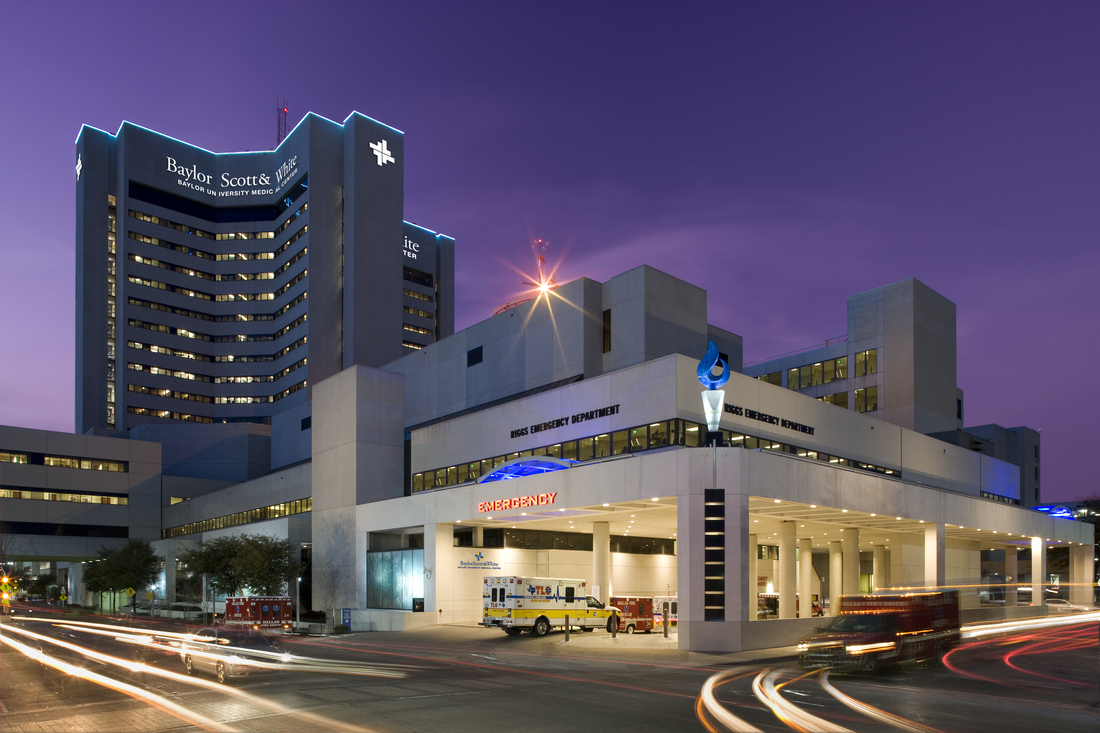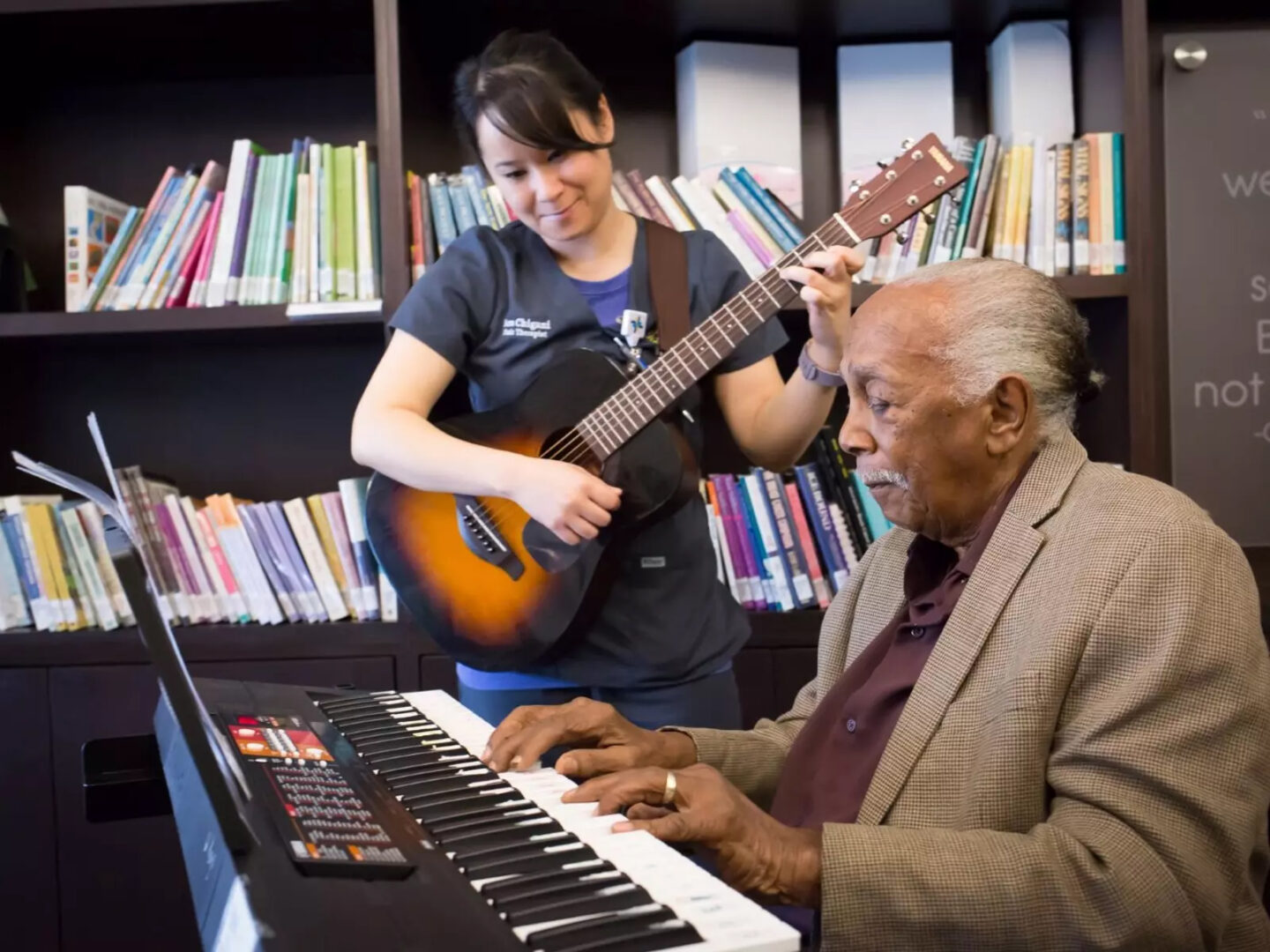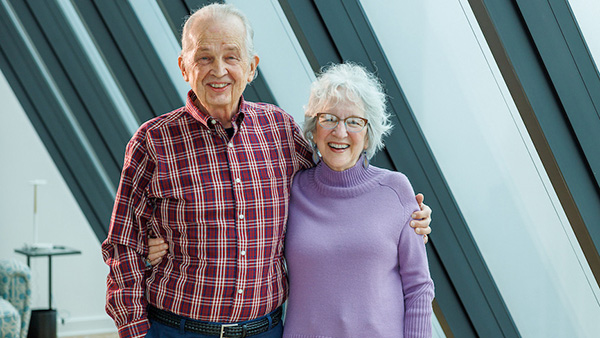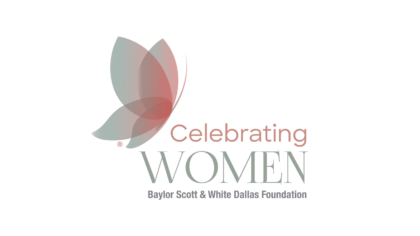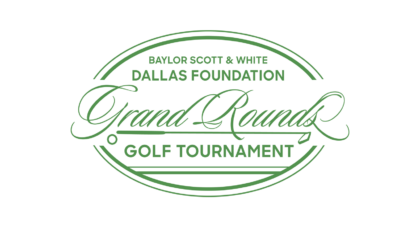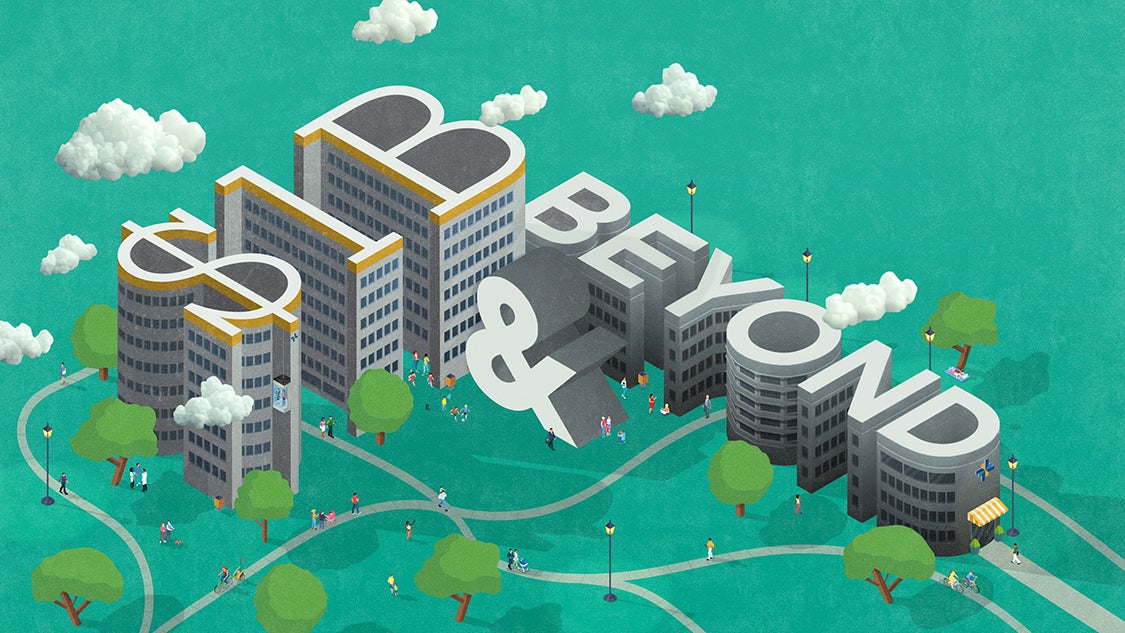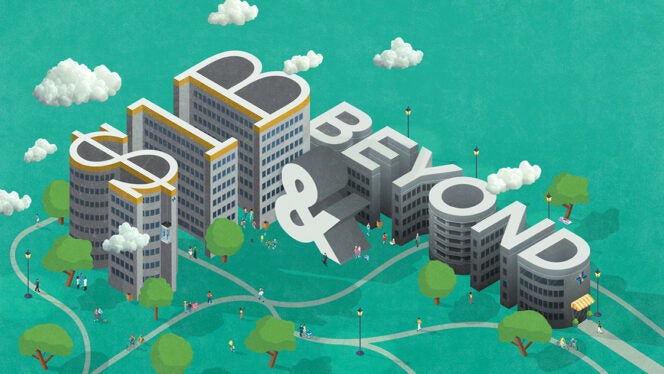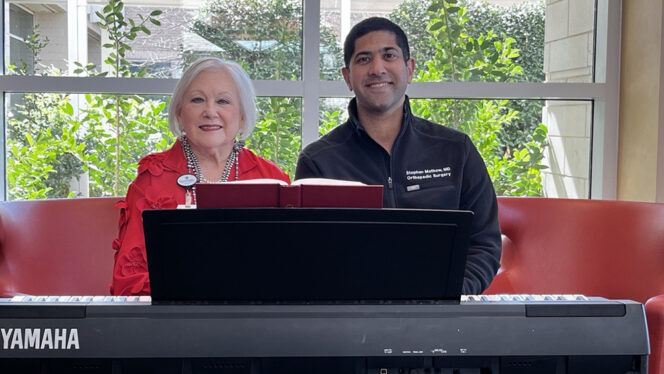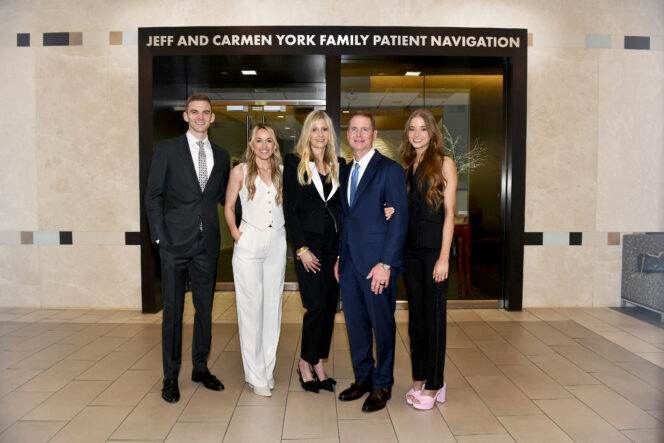In this Article
Catherine Chastain’s life revolved around art. She worked as a graphic artist, owned her own graphic design studio and later served as creative director at several local companies. In her spare time, she was an avid painter.
In this Article
A patient at Baylor University Medical Center (BUMC), part of Baylor Scott & White Health, Catherine also appreciated how art could help people cope with illness. Even during her final days battling colon cancer, she would head to her canvas to paint or make cards that she would give to her many friends.
“She used art to express joy and happiness, as well as her feelings of frustration over her illness,” said her longtime friend, Janna Schick. “I believe her paintings enabled her to get her deeper emotions out on canvas. As her illness progressed, she gave many of her pieces away. It was her way of leaving something behind for friends to remember her by.”
After Catherine’s passing in September 2017, Baylor Scott & White Dallas Foundation was notified of a bequest of more than $1 million from the proceeds of her estate. This will benefit the Arts in Medicine program at BUMC.
“I can’t think of a better way for Catherine to be remembered,” Janna said. “She always said she wanted to find a way to help others who were going through the stages of illness as she did, and this legacy will be an ongoing way for her dream to come true.”
Therapeutic Benefits of Art
Evidence has emerged showing how creative arts support healing. NIH researchers examined the effects of creative arts therapies on patients’ psychological symptoms and quality of life. The NIH team concluded that these therapies significantly reduced anxiety, depression, and pain and improved patients’ quality of life.
For these reasons, the visual, literary and performing arts are flourishing in many leading hospitals and outpatient facilities, throughout the world.
History of the Arts in Medicine Program
The Arts in Medicine program at BUMC integrates the visual, music and performing arts to promote healing and enhance the lives of our patients, their families, visitors and caregivers. It also builds on community partnerships around the arts, health and medicine. Wholly supported by philanthropy, the program has grown since its launch in 2015, and now receives thousands of referrals each month from all areas of the hospital.
The program is administered by professionally-trained music practitioners and art and music therapists. In addition, the program has an Open Art Studio where patients are invited to participate individually or in group sessions.
“In the Open Art Studio, patients initially come because they think it will be a fun distraction from the hospital. However, they continue to return because they realize how much more the Art Studio has to offer,” said BUMC art therapist Ashley Jones. “Participants are supported and encouraged by others as they build their confidence and create masterpieces. Often, not only are participants sharing their stories of treatment and how they got through it, but they are also sharing tips and tricks to creating the best artwork possible. Our Open Art Studio community may have been brought together by the hospital, but it thrives because of the art.”
As word spreads about the Arts in Medicine program and the positive impact these services have, the demand is outpacing our ability to meet the needs.
